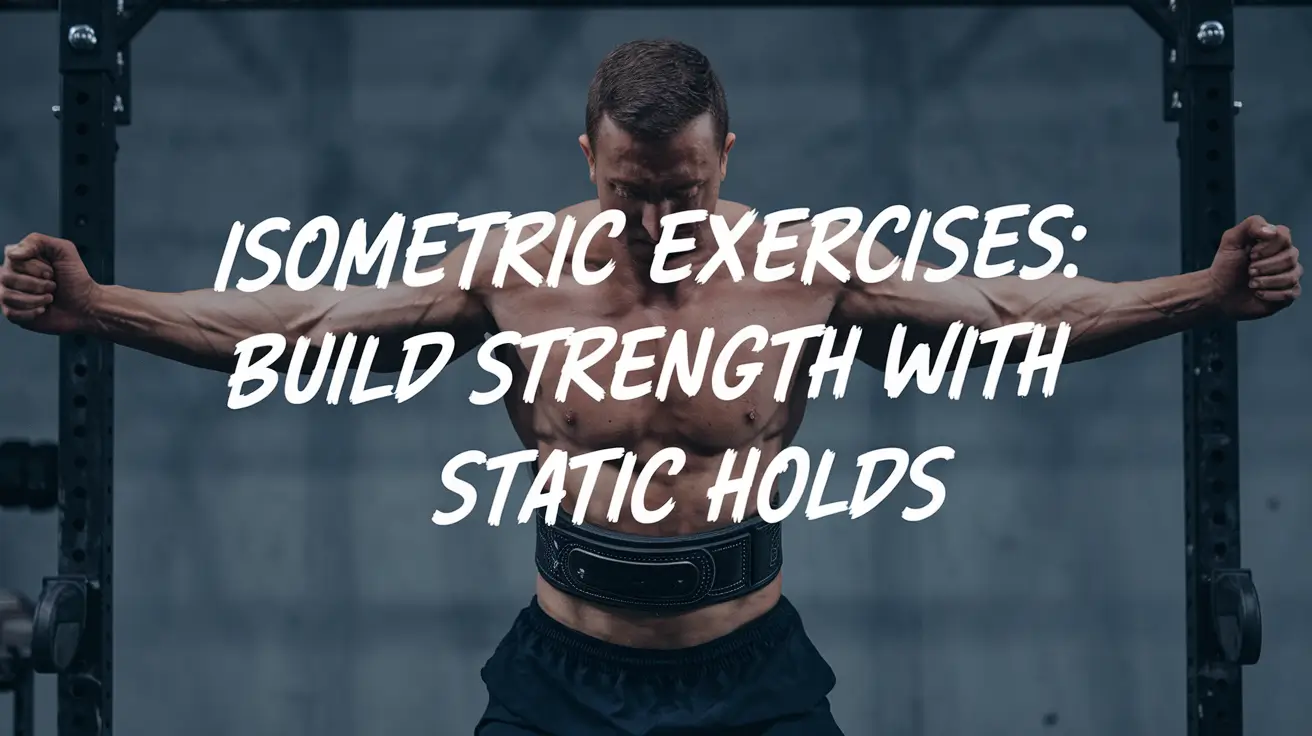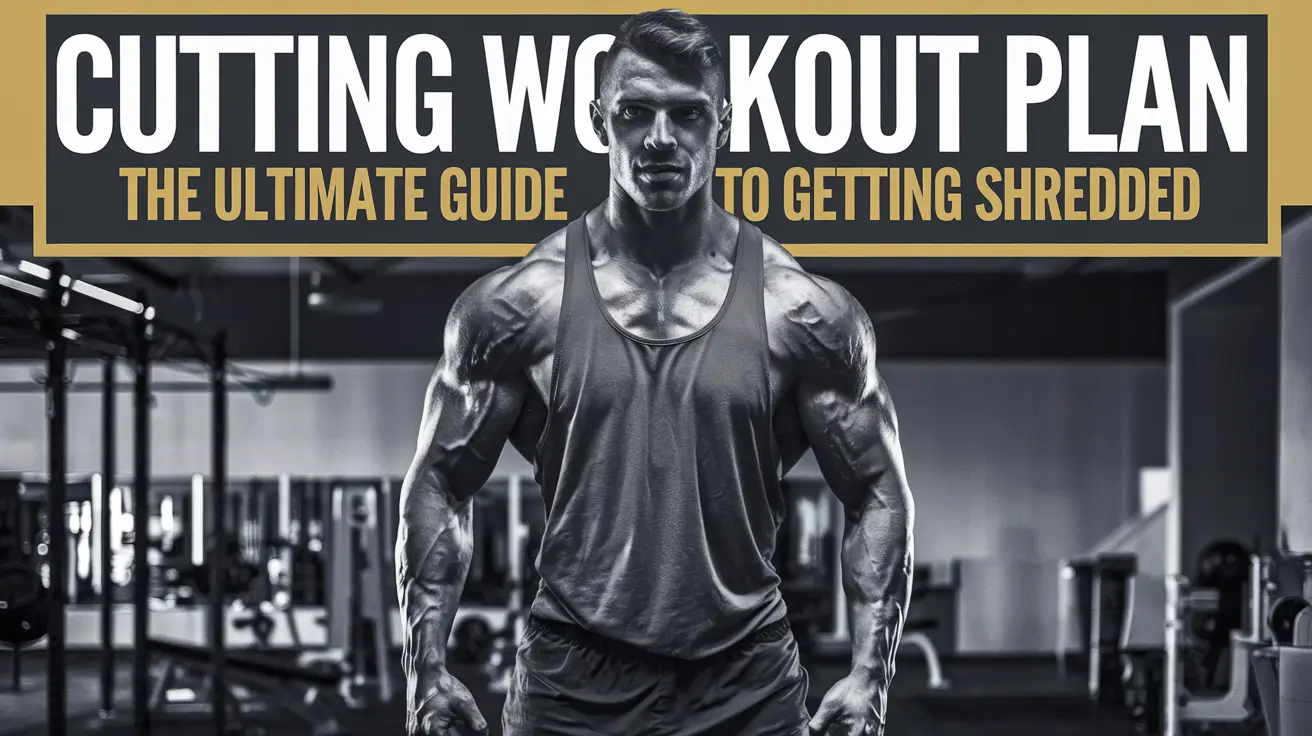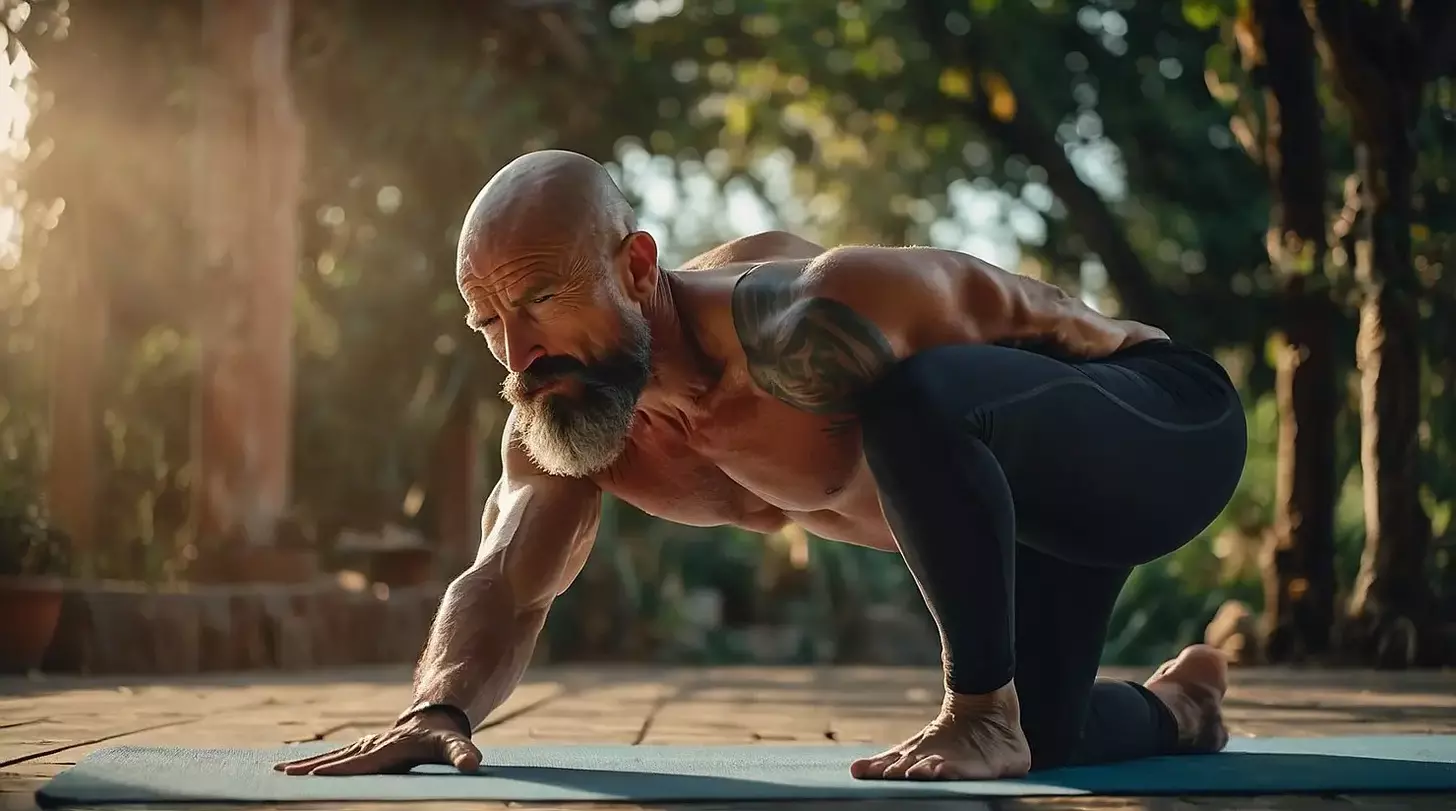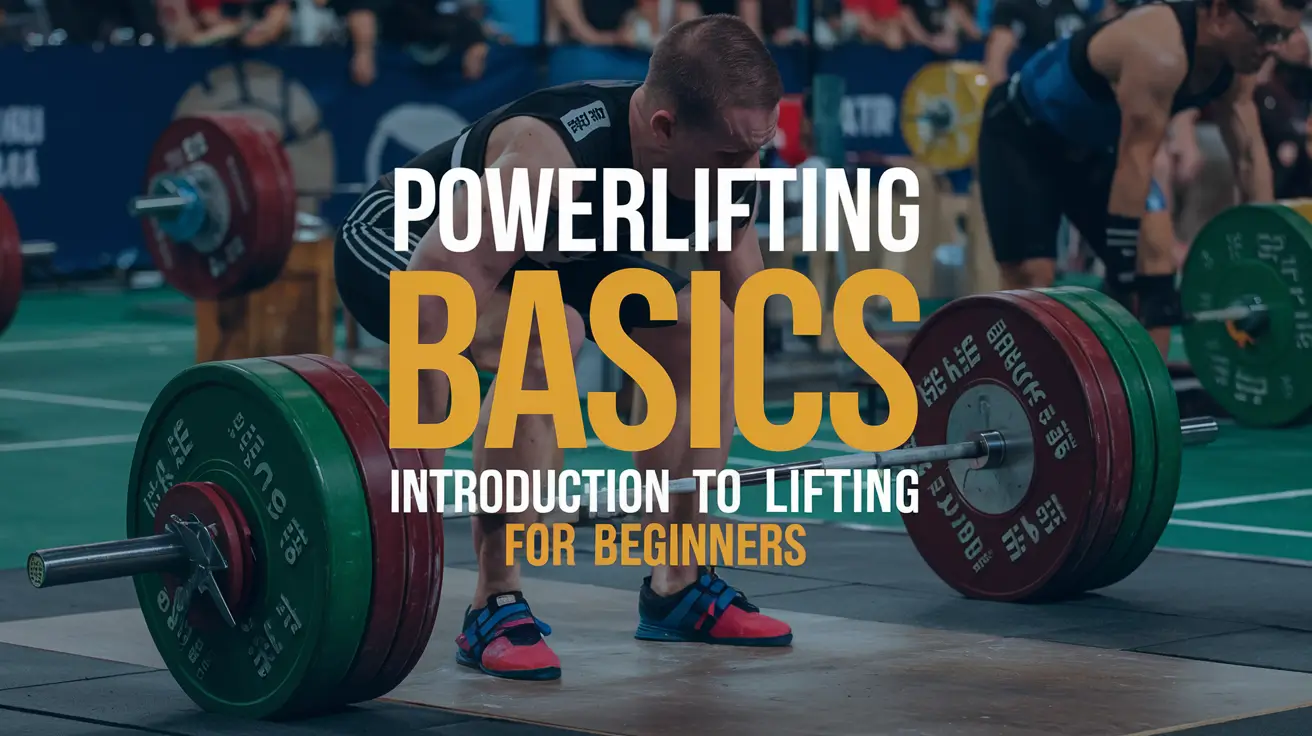Why a Strong Core is Your Fitness Cornerstone
A strong core is much more than a six-pack. It’s the central link in a chain connecting your upper and lower body. Every powerful movement, from lifting a heavy weight to swinging a golf club, originates in or is stabilized by your core. A weak core can lead to poor posture, lower back pain, and an increased risk of injury. Mastering your core is fundamental to achieving your peak physical potential.

Core Strengthening Essentials
Understand the key muscles that make up your core and the fundamental principles behind building true functional strength.
Read More
The Role of Recovery
Core muscles, like any other, need time to repair and grow stronger. Learn why adequate rest is crucial for seeing results and preventing overtraining.
Read MoreYour Complete Core Workout Guides
Whether you’re just starting or you’re a seasoned athlete, there’s a core workout for you. These guides cover everything from foundational movements to advanced techniques. Explore bodyweight-only routines for home or the road, and learn how to integrate equipment to take your core strength to the next level.

Core Workout for Beginners
Start your journey with a solid foundation. This guide introduces the essential exercises to build initial core strength and stability safely.
View Guide
Advanced Core Workouts
Ready to challenge yourself? These advanced movements are designed to sculpt a powerful and supremely functional core.
View Guide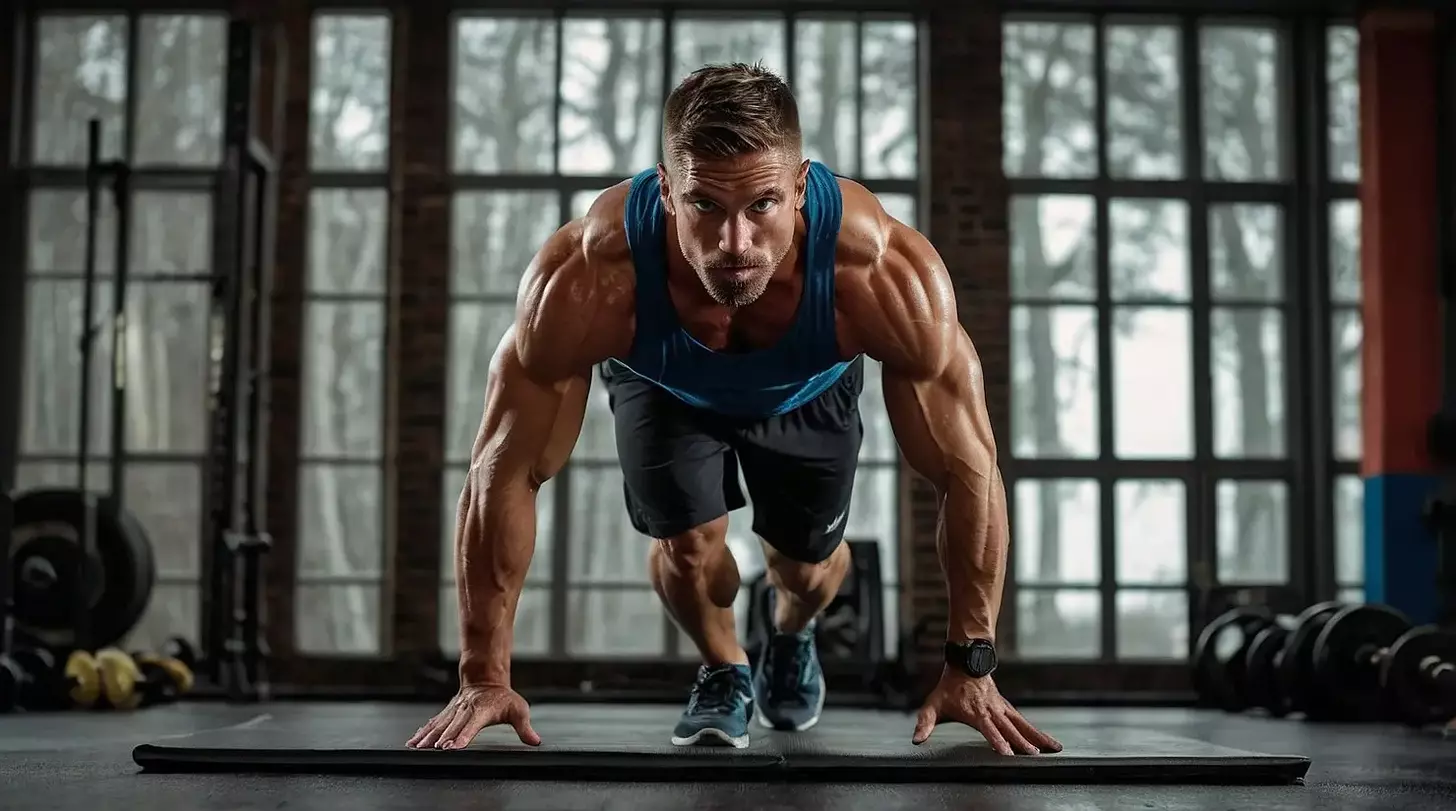
Bodyweight Core Workouts
No gym? No problem. Build a formidable core using nothing but your own bodyweight with these effective, equipment-free routines.
View Guide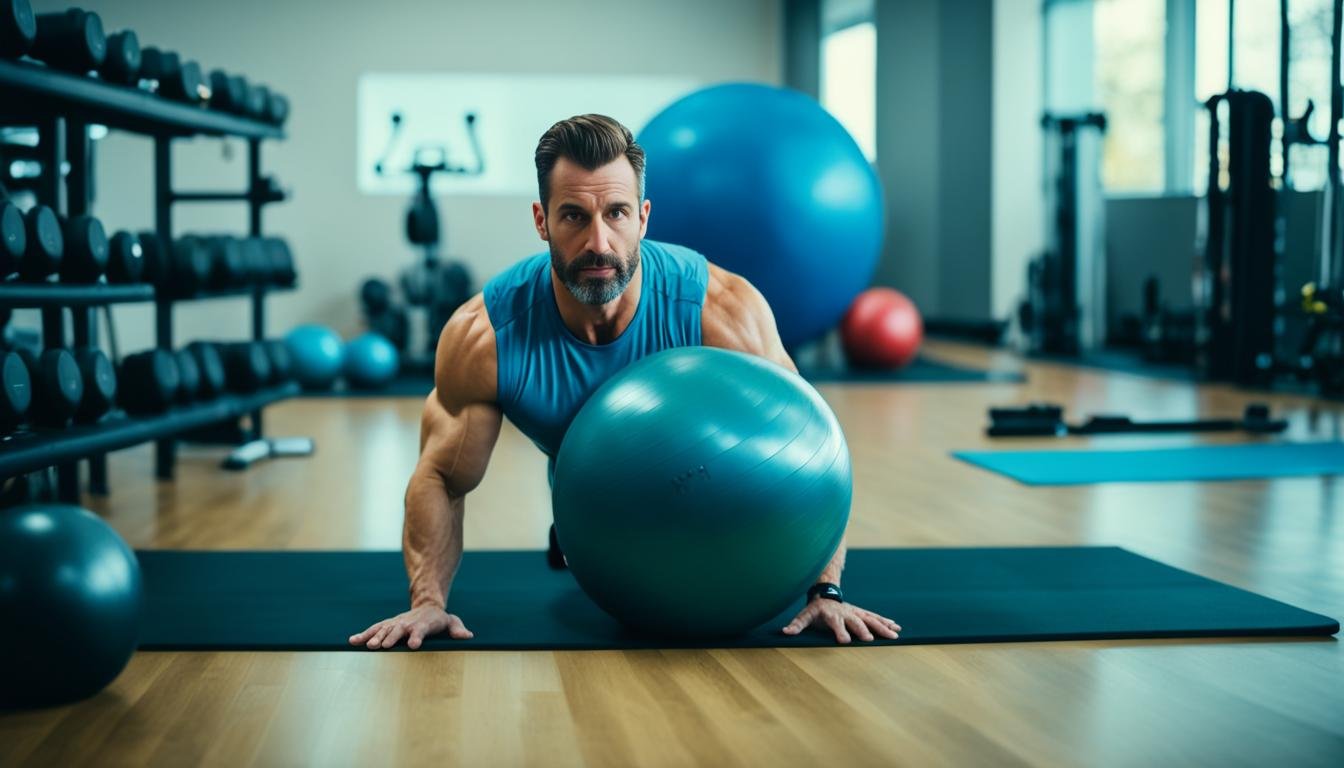
Core Workouts with Equipment
Incorporate tools like kettlebells, resistance bands, and medicine balls to add new dimensions and intensity to your core training.
View GuideSpecialized Core Routines for Athletes
A strong core is vital for any athlete. Whether you’re a runner looking for a more efficient stride or a swimmer needing a powerful underwater pull, a targeted core routine can make all the difference. These guides provide sport-specific exercises to enhance performance and reduce the risk of injury, helping you excel in your chosen discipline.

Core Workouts for Runners
Improve your running economy, maintain posture during long distances, and generate more power with each stride.
Read More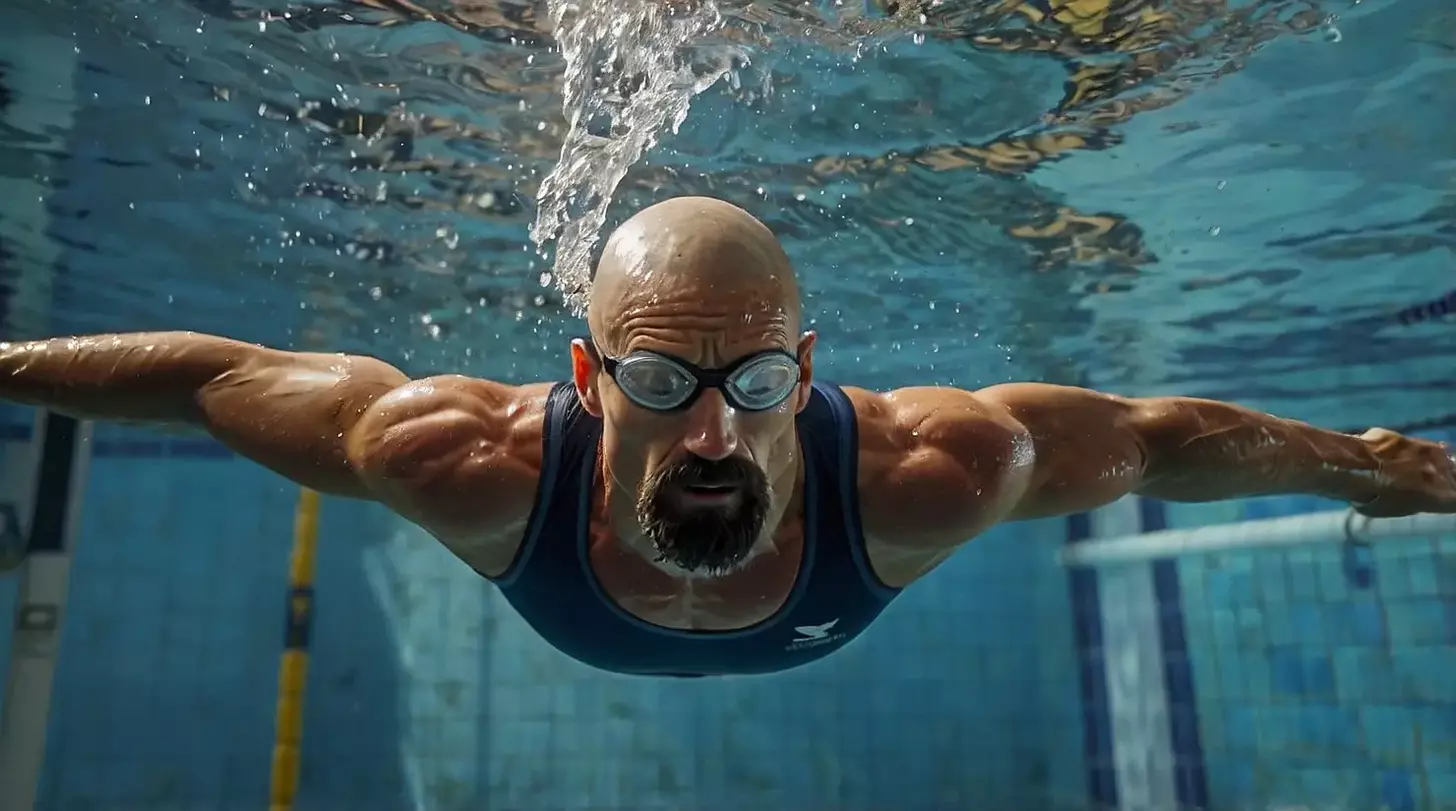
Core Workouts for Swimmers
Develop the rotational power and stability needed to cut through the water with greater efficiency and speed.
Read More10 Essential Core Training Tips
Unlock the full potential of your core workouts with these expert tips. Proper technique and a smart approach are key to building real strength and avoiding common pitfalls.
Breathe and Brace
Exhale on exertion and inhale on the return. Before each rep, brace your core as if you’re about to take a punch. This creates intra-abdominal pressure that stabilizes your spine.
Quality Over Quantity
Performing 10-15 perfect reps is far more effective than 50 sloppy ones. Focus on slow, controlled movements and feeling the target muscles work.
Mind-Muscle Connection
Don’t just go through the motions. Actively think about the muscles you’re trying to engage. A strong mind-muscle connection is crucial for activating deep core stabilizers.
Train All Planes of Motion
Your core moves in three dimensions. Don’t just do crunches (flexion). Incorporate anti-extension (planks), anti-rotation (Pallof press), and anti-lateral flexion (side planks).
Don’t Forget Your Back
The core includes the muscles of your lower back, like the erector spinae. Include exercises like bird-dogs, supermans, or even deadlifts to build a balanced, resilient core.
Integrate, Don’t Just Isolate
While isolation exercises are great, remember that your core is designed to work with your limbs. Compound movements like squats, deadlifts, and overhead presses are phenomenal core builders.
Be Consistent
Aim to train your core 2-4 times per week. Consistency is the single most important factor in seeing long-term results.
Progressive Overload is Still Key
To get stronger, you must continuously challenge your muscles. Add reps, increase hold times, use more resistance, or move to more difficult exercise variations.
Keep Your Spine Neutral
In exercises like planks and bird-dogs, maintain a straight line from your head to your hips. Avoid excessive arching or rounding of the lower back to prevent injury.
Abs Are Revealed in the Kitchen
You can have the strongest core in the world, but if it’s covered by a layer of body fat, you won’t see it. A clean diet is non-negotiable for visible abs.
Training for Aesthetics vs. Performance
While there’s significant overlap, tailoring your core training can help you better achieve your primary goal. Are you training for a chiseled six-pack or for maximum functional strength on the field?
For Aesthetics (The Six-Pack)
- Technique Focus: Focus on hypertrophy. Incorporate weighted exercises to build the rectus abdominis (the “six-pack” muscle).
- Key Exercises: Cable crunches, weighted leg raises, and decline sit-ups are excellent for building muscle.
- Rep Range: Treat your abs like any other muscle. Work in the 8-15 rep range with enough resistance to make the last few reps challenging.
- Crucial Factor: Low body fat percentage. Your diet is the most critical component for making your abs visible. Explore our cutting plan for more.
For Peak Performance
- Technique Focus: Emphasize stability, anti-rotation, and power transfer. The goal is a resilient core that protects the spine and links upper and lower body movements.
- Key Exercises: Planks, side planks, Pallof presses, bird-dogs, farmer’s walks, and medicine ball throws.
- Rep Range: For stability exercises, focus on time under tension (e.g., holding a plank for 30-60 seconds). For dynamic moves, focus on explosive, high-quality reps.
- Crucial Factor: Integration. The best performance-based core training happens during heavy compound lifts like squats and deadlifts.
Avoid These Common Core Training Mistakes
Hard work doesn’t always equal smart work. Many people spin their wheels with ineffective or even dangerous core training habits. Avoiding these common mistakes is crucial for your progress and long-term health.
Only Doing Crunches
Crunches only train one movement pattern (spinal flexion). A strong, functional core requires training stability, anti-rotation, and extension. Overdoing crunches can also lead to poor posture.
Using Momentum
Swinging your legs during leg raises or using your arms to yank your neck up during sit-ups takes the tension off your abs and puts it on other body parts, increasing injury risk.
Forgetting to Breathe
Holding your breath can spike your blood pressure and reduce the quality of the contraction. Proper breathing is essential for stabilizing your core and performing movements safely.
Trying to Out-Train a Bad Diet
You cannot do enough crunches to burn off a poor diet. Visible abs are a direct result of low body fat, which is achieved primarily through proper nutrition.
Top Products for Recovery & Results
Intense core training is only half the battle. To build muscle and see results, your body needs the right fuel for recovery and hormonal support. These top-tier supplements are designed to help you recover faster, boost natural testosterone, and maximize your hard-earned gains.
PrimeGENIX
Naturally boosts testosterone levels and enhances vitality for improved energy and drive.
Learn MoreGenF20 Muscle
Aids in lean muscle growth and accelerates recovery for the most intense training cycles.
Learn MoreHyperGH 14X
Promotes natural HGH release to improve muscle tone, boost energy, and aid fat loss.
Learn MoreTestodren
Uses a clinically tested ingredient to significantly enhance testosterone, stamina, and focus.
Learn MoreTestRX
A natural formula designed to improve strength, athletic performance, and overall male health.
Learn MoreDisclosure: Purchasing through our links may earn us a commission, at no additional cost to you. Thank you for your support.
Frequently Asked Questions
How often should I train my core?
For most people, 2 to 4 dedicated core sessions per week is ideal. Your core also gets significant work during heavy compound exercises. Listen to your body and ensure you allow for adequate recovery.
Can I train my core every day?
While you can do light activation work daily, intense core workouts require recovery time just like any other muscle group. Training them to failure every day is counterproductive and can lead to overtraining or injury.
Why are planks often recommended over crunches?
Planks train the core’s primary function: stabilization. They engage multiple core muscles isometrically (without movement) in a way that protects the spine. Crunches repeatedly flex the spine and isolate a smaller muscle area. Both have a place, but planks offer more “functional” benefits.
How long will it take to see a six-pack?
This depends almost entirely on your body fat percentage, not your core strength. You could have very strong abs, but they won’t be visible until your body fat is low enough (typically around 10-12% for men). This is achieved through a consistent caloric deficit and a clean diet.
Do I need special equipment for a good core workout?
No. Some of the most effective core exercises require no equipment at all (planks, bird-dogs, glute bridges, hollow holds). Bodyweight exercises are a perfect starting point. Equipment can be used later to add variety and resistance for progressive overload.
Forge Your Foundation of Strength
You now possess the definitive guide to building a truly powerful core. Move beyond the old myths and embrace a holistic approach that builds functional strength, enhances performance, and protects your body for the long haul. Remember to focus on quality, consistency, and a balanced routine. Your core is the key to unlocking your true physical potential. Now go build it.
Explore All Core Guides

